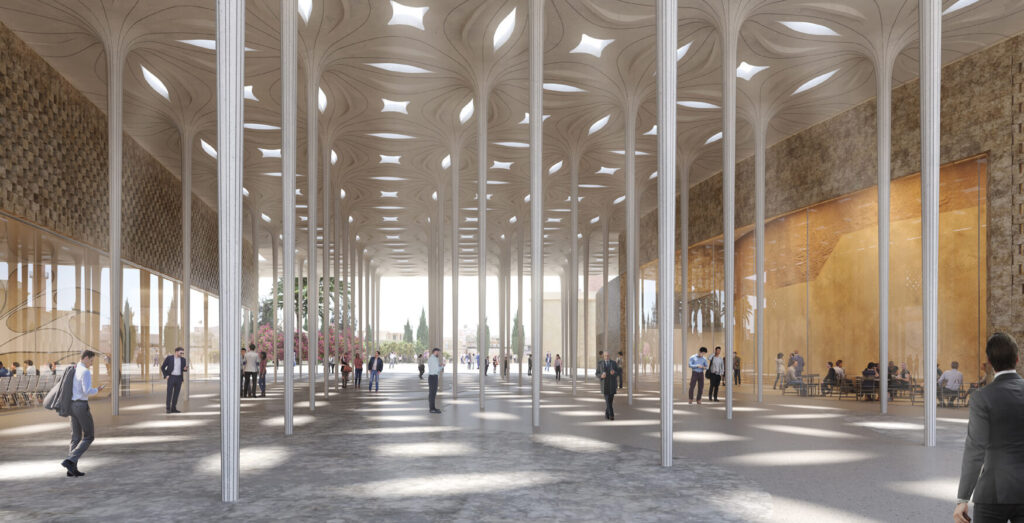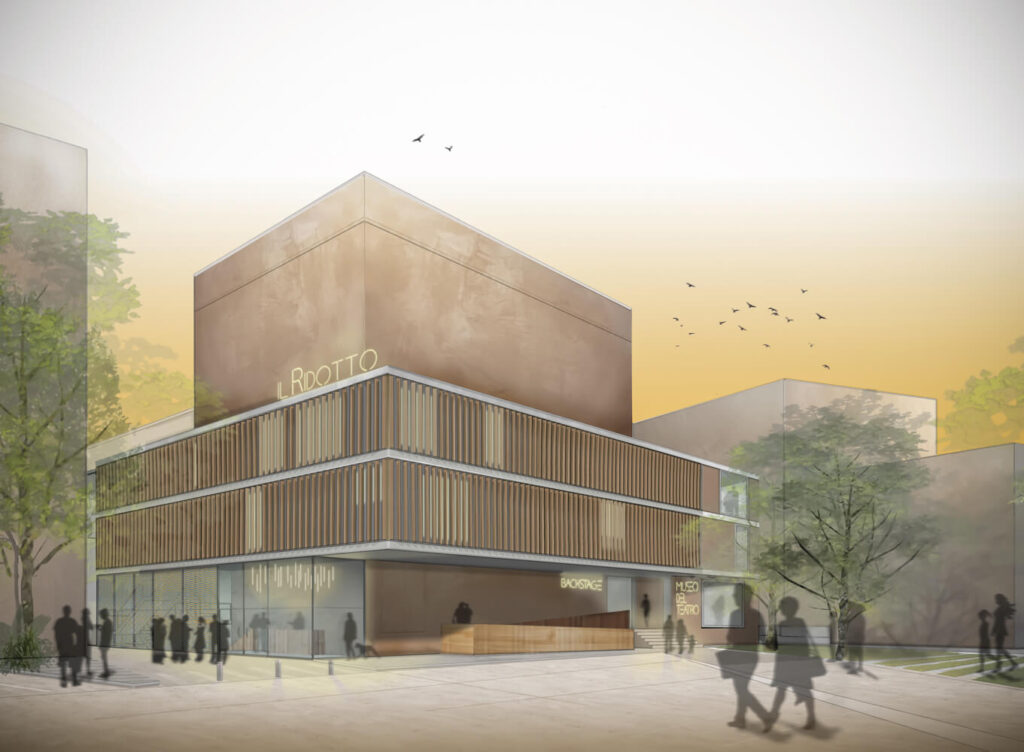OUR SKILLS
In Florence, as well as in every city around the world, Studio Lauria interprets architecture with a tailor-made approach, where attention to the context is combined with a strong inclination towards innovation. We design from the urban scale, thinking of the city as a collective space that fosters relationships, to interiors, which we view as environments of emotion rather than mere decoration. Over more than twenty-five years of practice, we have developed the ability to tackle complex themes and solve the challenges of architecture.
Urban Planning
One of the studio’s first projects was collaborating with Leonardo Benevolo on the urban renewal plan for the western suburbs of Florence. We later worked on the planning of the Anagnina-Romanina area in Rome, and in Brazil, we focused on territorial redevelopment (for the island of Cotijuba in the state of Pará) and urban restoration in the historic center of São Paulo. More recently, we were commissioned by the European Investment Bank to coordinate the Master Plan for the Museums of the Albanian city of Shkodra.
We believe that the city is not just a sum of “solid” and “void” spaces, but a place where relationships and opportunities are born and developed. We think that the rapid transformation of lifestyles, work forms, production, and commerce demands planning based on adaptability and flexibility, and we imagine a city that, in a word, is elastic.
Building Restoration and Renovation
We offer our clients solid experience in restoration, developed with the passion of an architecture studio that, in Florence, has always dealt with complexity and beauty.
Among our most significant works in Florence are the restoration of the former Santa Maria Maggiore Convent and the Royal Pagliere, as well as the guidance plan for the restoration of the Orsanmichele complex. In Piacenza, we are involved in the project for the State Archive within the former Sant’Agostino Convent; more recently, we won the competition for the restoration of the former Cotton Mill in Palermo, with a construction budget of about 30 million euros.
We strongly believe that the restoration of existing architectural heritage requires specific know-how, excellent problem-solving skills, and a deep sensitivity to enhancing the built environment and its historical memory.




Spaces for Work, Culture, and Sport
The portfolio of our studio, combined with that of FLOW, is extensive and goes beyond the residential realm, characterized by important projects in the fields of workspaces, museums, and sports facilities.
We have designed the interiors for the new headquarters of the Universidad de Santo Tomás in Bogotá and for Motorola’s São Paulo office. More recently, we signed the preliminary plan for the new headquarters of the Italian Customs Agency in Florence. All of these are functional spaces, but above all, they are spaces dedicated to relationships and the joy of working together.
In our portfolio, you will find projects for the main museums of Florence, as well as a proposal for the Egyptian Museum in Turin (together with Kengo Kuma). In Albania, we are engaged in the design of the Museum Quarter in Shkodra and the Museum of the archaeological site of Bylis.
We are also involved in the hospitality sector, with hotels in the planning stages in Italy and abroad. We are proud of our work in sports space design, which has garnered important awards and recognitions, including the redevelopment and expansion plan for the Training Center in Coverciano, home of the Italian national football team.
Accessibility, Inclusion, Sustainability
We approach our work with passion and responsibility. We strongly believe in the ethical value of the architect’s profession. For this reason, we avoid “greenwashing” and define sustainability in environmental, economic, and social terms, with particular attention to the choice of construction technologies, materials, and energy consumption. Above all, we are convinced that architecture must be inclusive, and the project should be developed with all users in mind—children, the elderly, regardless of gender, and with special sensitivity for those with disabilities.
In this regard, we highlight our experience in preparing Barrier-Free Design Plans (PEBA), including those for many of the museums in Florence (including Orsanmichele, the Bargello, and the Medici Chapels), and most recently, for the Medici Laurenziana Library.
In this field, we are also consultants for the European Investment Bank, overseeing the restoration and expansion project of the National History Museum in Tirana.
© Studio Lauria Network – P.Iva: 04845420480 – Credits

